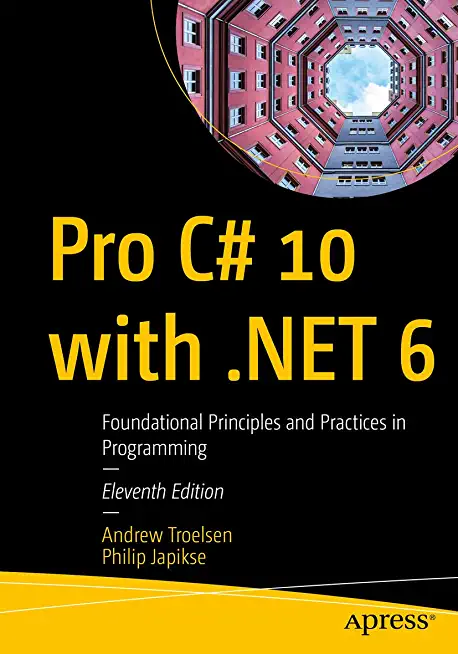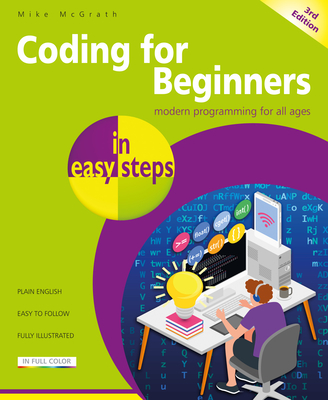10962: Advanced Automated Administration with Windows PowerShell Training in Alameda
|
We offer private customized training for groups of 3 or more attendees.
|
||
Course Description |
||
| This three-day course is a follow on course from the 10961B: Automating
Administration with Windows PowerShell course. It is built on Windows
Server 2012 R2 and Windows 8.1 and while it is specifically focussed on
Windows PowerShell v4.0, is also relevant in v2.0 and v3.0 Windows
PowerShell environments. Expand and build upon the knowledge already
acquired in course 10961B and focus on building more scalable and usable
Windows PowerShell scripts for use in your organization by building your
own Windows PowerShell tools. Learn about areas such as the creation of
advanced functions, script modules, advanced parameters attributes and
controller scripts. Also learn how to make your scripts more robust by
learning about handling script errors and the analysis and debugging
Windows PowerShell scripts. The course will also cover the use of
Windows PowerShell cmdlets with .NET Framework as well as teaching how
to configure your Windows Servers using Desired State Configuration and
providing an understanding of Windows PowerShell workflow.
Course Length: 3 Days
Course Tuition: $1290 (US) |
||
Prerequisites |
|
| Knowledge and experience working with Windows PowerShell or knowledge equivalent to the content covered in course 10961B: Automating Administration with Windows PowerShell Experienced in general Windows Server and Windows Client administration or already experience in administering and supporting Application servers and services including applications like Exchange, SharePoint, and SQL. | |
Course Outline |
|
Module 1: Creating Advanced Functions In this module students will learn how to parameterize a command into an advanced function. It is designed to teach several key principles in a single logical sequence, by using frequent hands-on exercises to reinforce new skills. Lessons Converting a Command into an Advanced Function
Lab: Converting a Command into an Advanced Function
Lab: Creating a Script Module Creating a Script Module Lab: Defining Parameter Attributes and Input Validation
Lab: Writing Functions that use Multiple Objects
Lab: Writing Functions that Accept Pipeline Input Writing Functions that Accept Pipeline Input Lab: Producing Complex Function Output Producing Complex Function Output Lab: Documenting Functions by using Content-Based Help Documenting Functions by using Content-Based Help Lab: Supporting -Whatif and –Confirm Supporting -Whatif and –Confirm After completing this module, students will be able to:
Module 2: Using Cmdlets and Microsoft .NET Framework in Windows PowerShellWindows PowerShell provides commands that accomplish many of the tasks that you will need in a production environment. Sometimes, a command is not available but the .NET Framework provides an alternate means of accomplishing a task. Because Windows PowerShell is built on the .NET Framework, it is able to access those alternate means. In this module, you will learn how to discover and run Windows PowerShell commands, and how to use .NET Framework components from inside Windows PowerShell. These two techniques will provide you with the most flexibility and capability for accomplishing tasks in a production environment. Lessons Running Windows PowerShell Commands
Lab: Using .NET Framework in Windows PowerShell
After completing this module, students will be able to:
Module 3: Writing Controller Scripts In this module, students will learn how to combine tools – advanced functions that perform a specific task – and a controller script that provides a user interface or automates a business process Lessons Understanding Controller Scripts
Lab: Writing Controller Scripts that Display a User Interface Write Functions to be Used in the Controller Script
After completing this module, students will be able to: Understand Controller Scripts
Module 4: Handling Script Errors In this module, students will learn how to perform basic error handling in scripts. The focus will be about how to add error handling to existing tools, primarily as a time-saving mechanism (instead of having students write new tools). A side benefit of this approach is that it will help build the skills that you must have to analyze and reuse existing code written by someone else. Lessons Understanding Error Handling
Lab: Handling Errors in a Script
After completing this module, students will be able to:
Module 5: Using XML Data Files In this module, students will learn how to read, manipulate, and write data in XML files. XML files provide a robust, yet straightforward way to store both flat and hierarchical data. XML files are more flexible than CSV, more accessible for small amounts of data than SQL Server, and easier to code against that Excel automation. Lessons
Lab: Reading, Manipulating and Writing Data in XML Test the Provided Tools
After completing this module, students will be able to:
Module 6: Managing Server Configurations by Using Desired State Configuration In this module, students will learn how to write Desired State Configuration (DSC) configuration files, deploy those files to servers, and monitor servers’ configurations. Lessons Understanding Desired State Configuration
Lab: Creating and Deploying a DSC Configuration Write, Run and Push a DSC Configuration After completing this module, students will be able to:
Module 7: Analyzing and Debugging Scripts In this module, students will learn how to use native Windows PowerShell features to analyze and debug existing scripts. These skills are also useful when students have to debug their own scripts. Lessons Debugging in Windows PowerShell
Lab: Analyzing and Debugging and Existing Script
After completing this module, students will be able to:
Module 8: Understanding Windows PowerShell Workflow In this module, students will learn about the features of the Windows PowerShell Workflow technology. Lessons
After completing this module, students will be able to:
|
Course Directory [training on all levels]
- .NET Classes
- Agile/Scrum Classes
- AI Classes
- Ajax Classes
- Android and iPhone Programming Classes
- Blaze Advisor Classes
- C Programming Classes
- C# Programming Classes
- C++ Programming Classes
- Cisco Classes
- Cloud Classes
- CompTIA Classes
- Crystal Reports Classes
- Design Patterns Classes
- DevOps Classes
- Foundations of Web Design & Web Authoring Classes
- Git, Jira, Wicket, Gradle, Tableau Classes
- IBM Classes
- Java Programming Classes
- JBoss Administration Classes
- JUnit, TDD, CPTC, Web Penetration Classes
- Linux Unix Classes
- Machine Learning Classes
- Microsoft Classes
- Microsoft Development Classes
- Microsoft SQL Server Classes
- Microsoft Team Foundation Server Classes
- Microsoft Windows Server Classes
- Oracle, MySQL, Cassandra, Hadoop Database Classes
- Perl Programming Classes
- Python Programming Classes
- Ruby Programming Classes
- Security Classes
- SharePoint Classes
- SOA Classes
- Tcl, Awk, Bash, Shell Classes
- UML Classes
- VMWare Classes
- Web Development Classes
- Web Services Classes
- Weblogic Administration Classes
- XML Classes
- VMware vSphere 8.0 Skill Up
27 October, 2025 - 31 October, 2025 - Fast Track to Java 17 and OO Development
8 December, 2025 - 12 December, 2025 - RED HAT ENTERPRISE LINUX SYSTEMS ADMIN II
8 December, 2025 - 11 December, 2025 - Object Oriented Analysis and Design Using UML
20 October, 2025 - 24 October, 2025 - Python for Scientists
8 December, 2025 - 12 December, 2025 - See our complete public course listing






